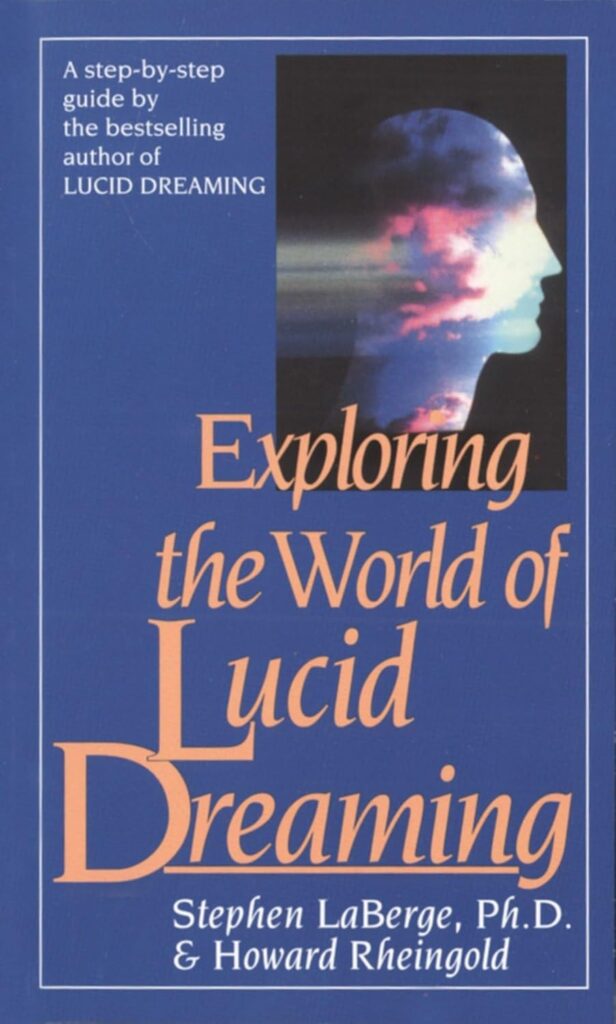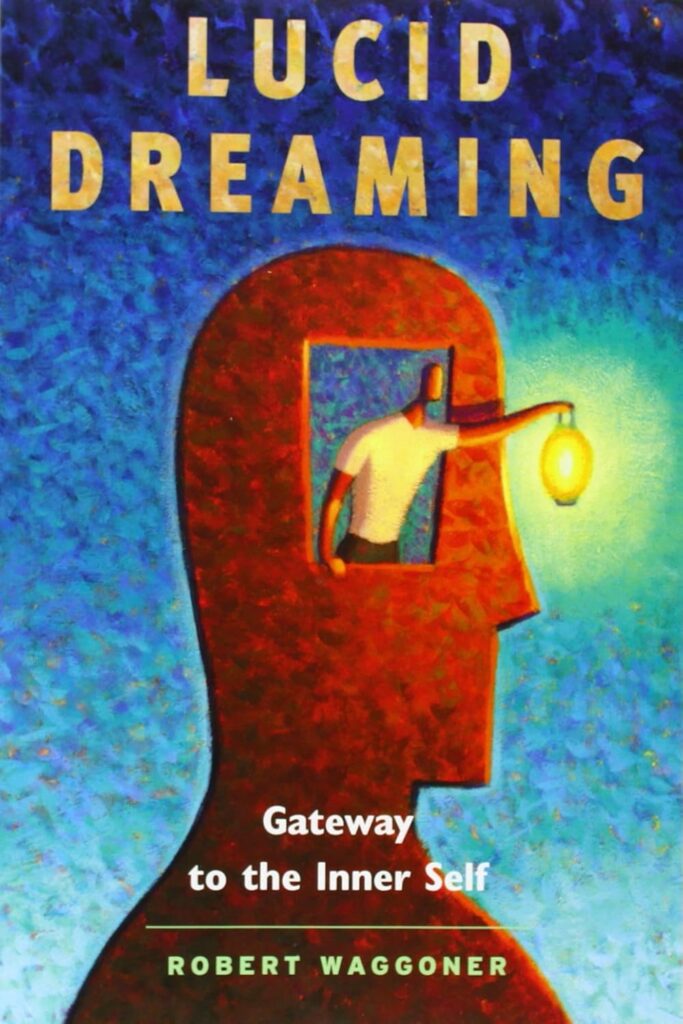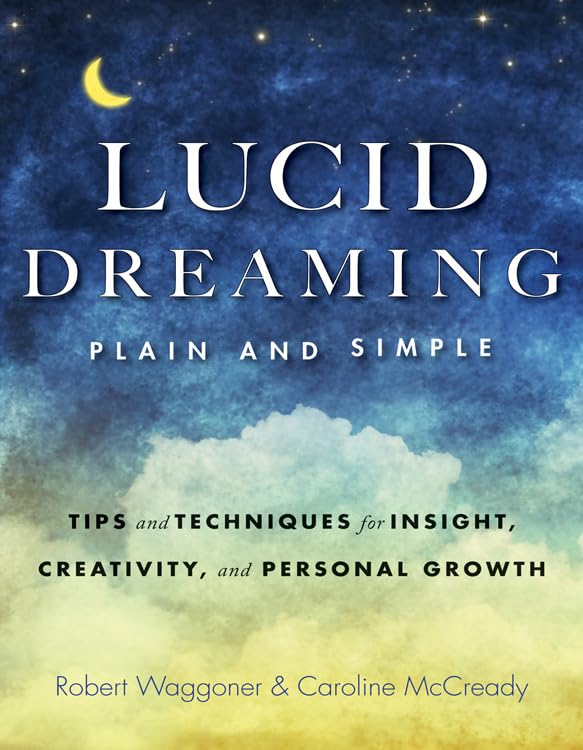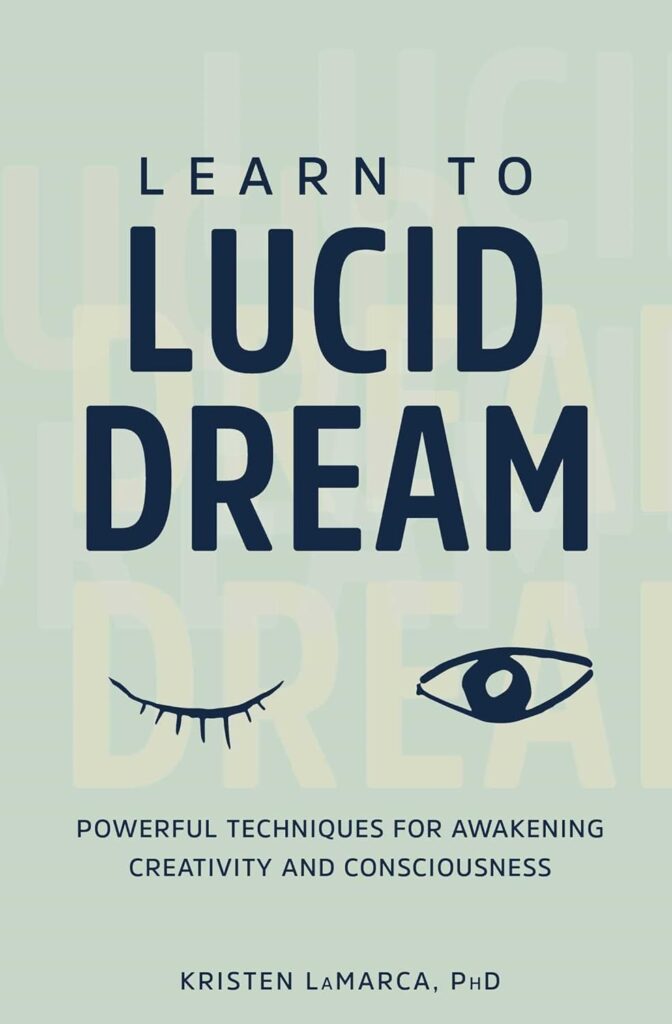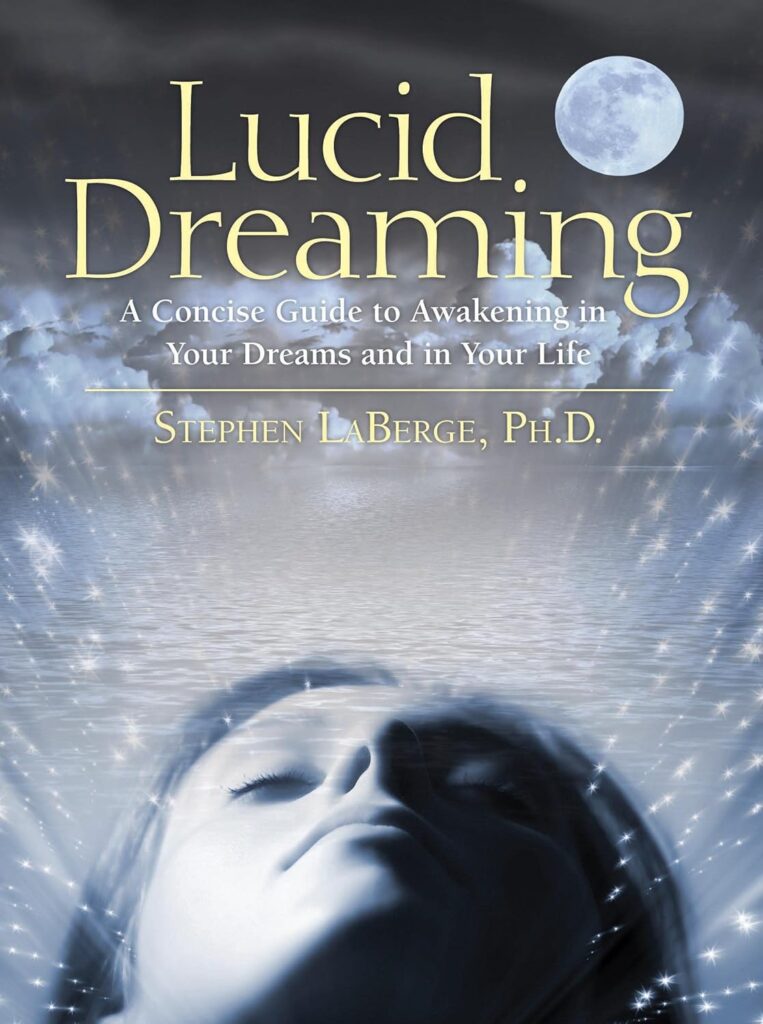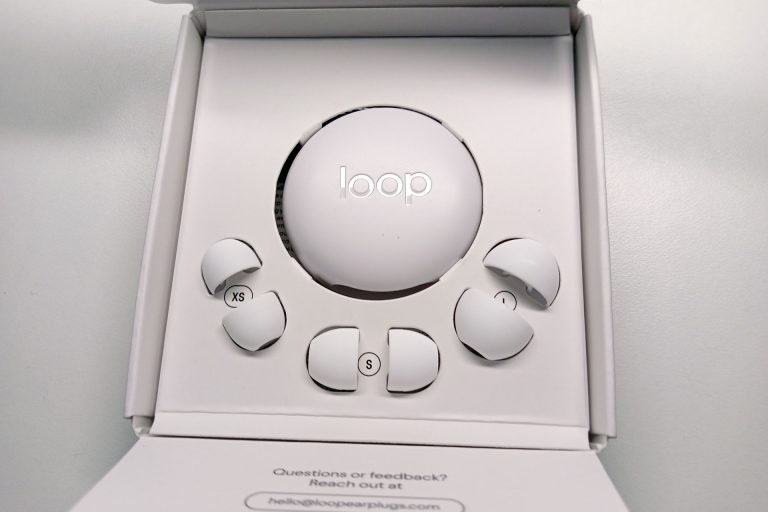Table of Contents
Did you ever wake up from a dream that felt like a movie? Some dreams tell stories, teach lessons, or turn ordinary moments into something extraordinary. The challenge is that we often forget them quickly, leaving behind only a vague feeling or a blurry image.
Research on lucid dream techniques suggests that it’s possible to experience vivid dreams consistently by learning how to control them. This guide will help you not only fall asleep faster but also enter a world of rich, detailed dreams.
If you often wake up struggling to recall your dreams, this might be a sign that you’re ready to explore lucid dreaming methods. With the right techniques, you can have vivid dreams every night. I’ve been practicing lucid dreaming for years and can now experience them almost at will. Here’s how you can do the same.
What Are Vivid Lucid Dreams?
Lucid dreaming happens when you’re aware that you’re dreaming while the dream is still happening. It allows you to consciously explore your subconscious mind. Imagine watching your dreams unfold like an action-packed movie, where you’re the main character, adventurer, and explorer all at once.
In a vivid lucid dream, your subconscious mind creates a world where you can interact with familiar faces, strangers, and even landscapes beyond imagination. Meditation often enhances this ability. Some of my clearest dreams occurred after deep meditation, and I still remember them because I wrote them down in my dream journal.
Now, let’s dive into proven lucid dreaming techniques that will help you experience these dreams for yourself.
1. Writing a Dream Journal

The first step in learning how to have consistent dreams is keeping a dream journal. As soon as you wake up, write down every detail you can recall. It doesn’t have to make sense—just capture whatever you remember, including emotions, people, and places.
Using a phone’s notes app can also work if a notebook isn’t nearby. You don’t need full sentences; even a few words can be enough. The more you practice recalling and recording dreams, the more detailed and vivid they will become. Before bed, reviewing your dream journal helps stimulate lucid dream recall, making it easier to recognize when you’re dreaming.
2. The Wake-Back-to-Bed Method

Another effective mindful dreaming induction technique is the wake-back-to-bed method. If you sleep at 1 AM, set an alarm for 4 AM. When you wake up, you’ll feel sluggish—this is ideal. Close your eyes, focus on a deep purple light, and take slow breaths. This method helps you re-enter REM sleep, where most lucid dreams occur. Once mastered, you can combine it with sleep awake vivid dreaming techniques for even more control.
3. Sleep Meditation for Lucid Dreams
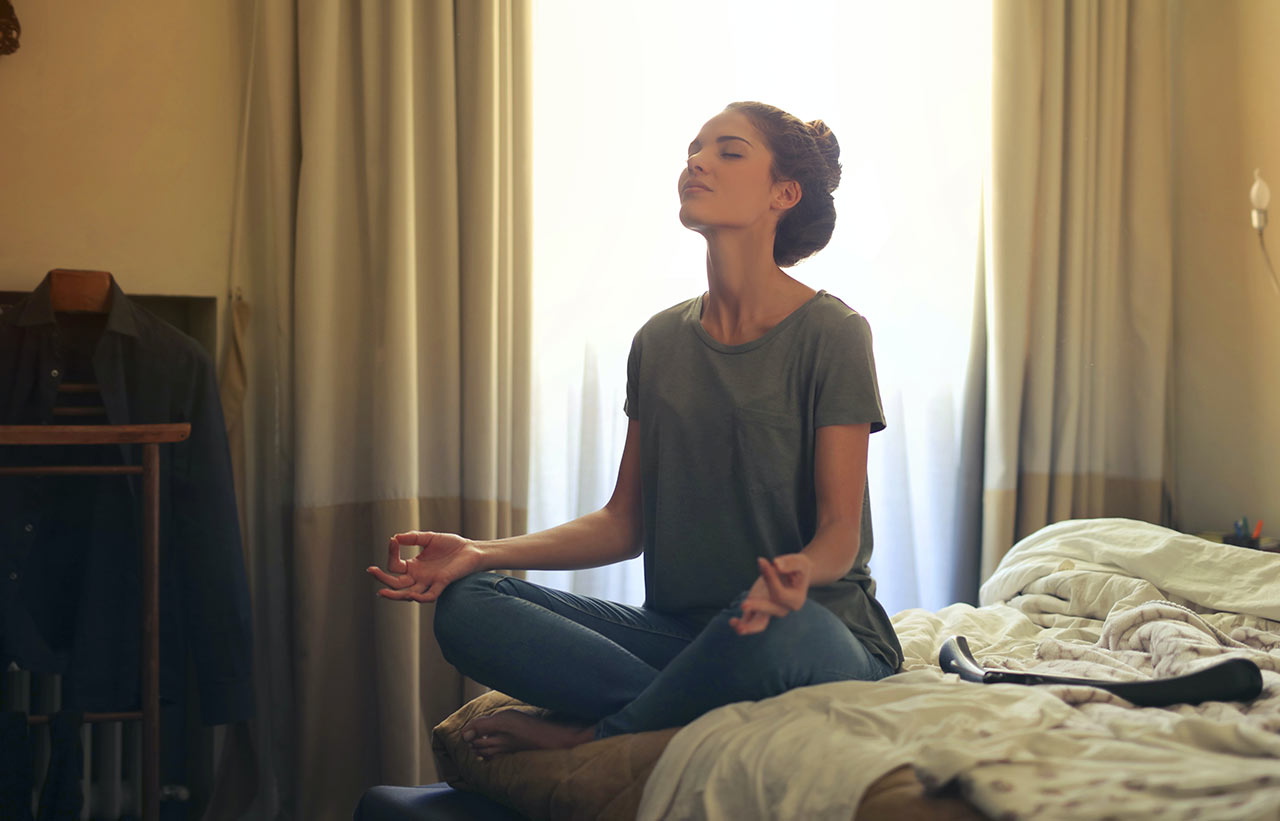
Practicing sleep meditation before bed can help you enter lucid dream states more easily. Listening to guided meditation on platforms like YouTube or Spotify can improve relaxation and dream clarity. Some herbal supplements for lucid dreaming, such as mugwort tea, may enhance this experience. Simply lie in bed, focus on the meditation guide’s voice, and allow your mind to drift into a dream.
4. Deep Meditation Before Sleep
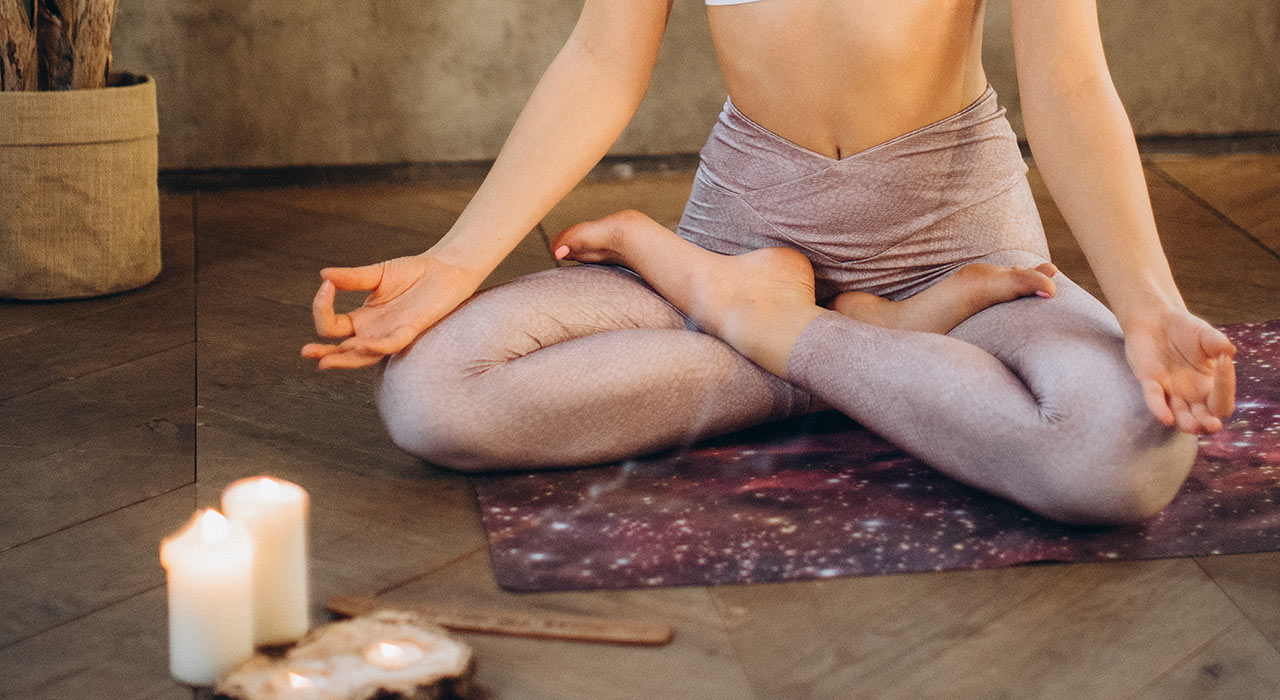
Meditation before sleep can prepare your mind for vivid dream experiences. Sit comfortably with a straight spine, in a quiet place where you won’t be disturbed. There’s no strict duration—meditate as long as you feel comfortable. Regular meditation strengthens your connection to dream control, increasing the chances of powerful, memorable dreams.
During deep meditation, focusing on the third eye chakra (between the eyebrows) can trigger a sequence of cinematic lucid sleep experiences. Even if you don’t write them down, you’ll often remember them with clarity.
5. Listening to White Noise or Binaural Beats

White noise and binaural beats are highly effective for promoting deep sleep. Studies suggest that white noise can enhance sleep quality and help train the brain to relax. Sounds like waterfalls, rain, or waves create a calming effect, making it easier to enter a dream awareness state.
Many apps offer white noise playlists, but I prefer listening to rain sounds on Spotify. With this method, I often sleep fast in under five minutes. If you struggle with sleep, consider using a memory foam pillow or a sleep mask to block out distractions and improve relaxation.
Avoid jazz music before bed, as its varying tempo and instruments can be distracting. Instead, stick to rhythmic sounds that help regulate sleep cycles and enhance dream recall.
6. Breathing Techniques and Body Scanning
A deep breathing technique can help prepare your body for lucid dreaming. By slowing your breath, you enter a state of relaxation while keeping your mind awake. Some guided sleep meditations incorporate a body scan method, where you mentally scan from head to toe, releasing tension and preparing for a vivid dream experience.
Before you sleep, repeat: “I am going to have a lucid dream tonight.” This affirmation reinforces your intention and increases the likelihood of success.
Learning Lucid Dream Techniques Through Experience
Here are some of my favorite guided meditation playlists for sleep and lucid dreaming. Feel free to try them and see what works best for you.
I hope my experiences with lucid dreaming techniques and sleep improvement methods help you achieve vivid dreams. I’m not an expert, but through trial and error, I’ve learned how to dream lucidly and improve sleep quality. If you have any questions, drop them in the comments.
The most effective way to have lucid, movie-like dreams is to record them in a dream journal, practice meditation, try herbal supplements, and listen to white noise for relaxation. Experiment with different techniques and discover what works best for you.
For those who want to explore dream-induced awareness further, here are some recommended books:
Lucid Dreaming Books You Might Like:
Happy lucid dreaming!
Affiliate Disclaimer: This post contains affiliate links. If you purchase through these links, I may earn a small commission at no extra cost to you. This helps support the site and allows me to continue sharing helpful sleep tips. Thank you for your support!


